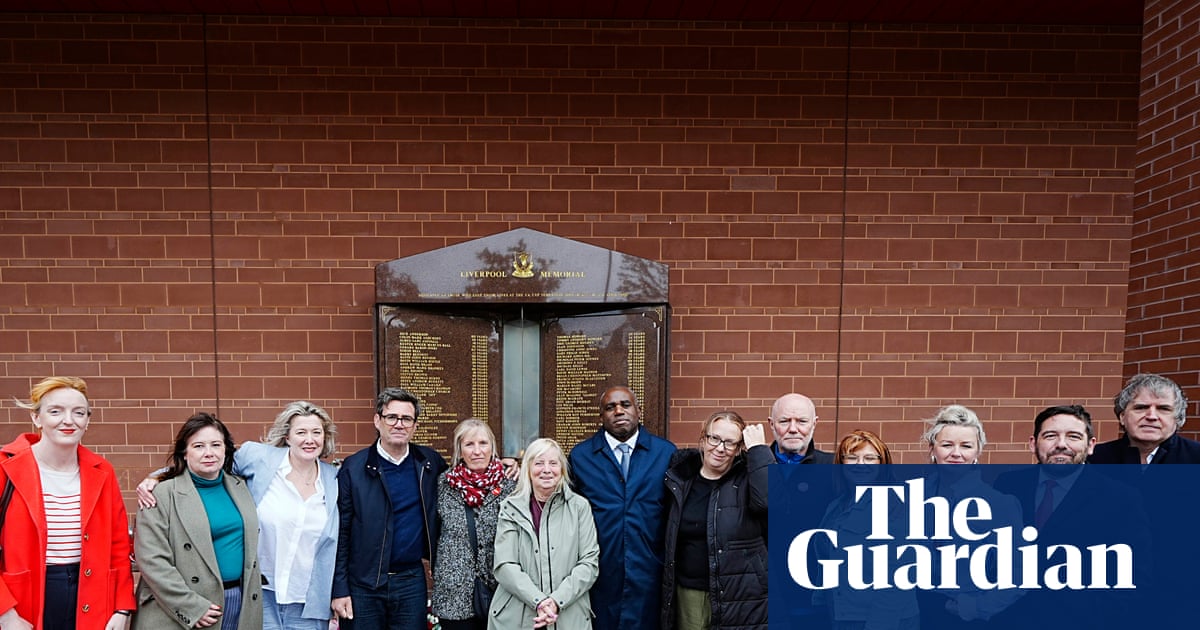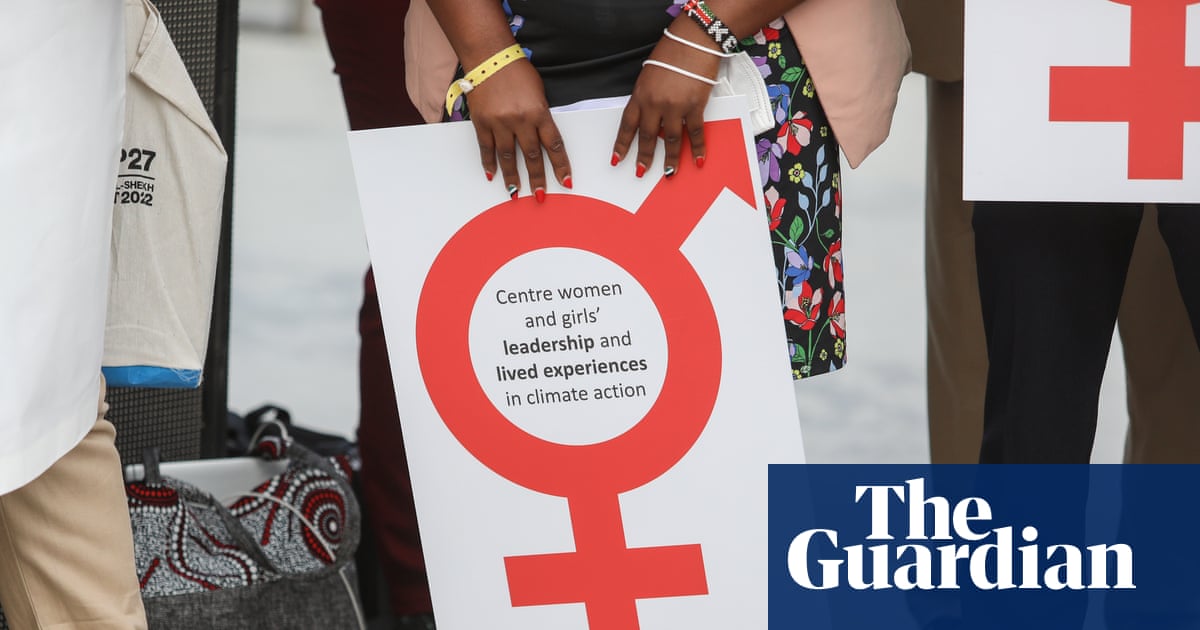There was nothing about giving birth that didn’t feel personal, from the agony of my 30-hour induced labour to my eventual journey to the operating theatre where my son was delivered by emergency caesarean section. At that point, I had no idea that I was part of an upward trend in the number of C-sections. Rates of the procedure are rising globally, but it is particularly stark in the UK. When I gave birth in 2017, 29% of births in England took place by C-section. In 2025, that figure stands at 42%.
Why is this happening? There are leading voices within obstetrics, some of whom I spoke to while researching, who put it firmly down to rising levels of obesity, and the increased risks that come with it – including being more likely to need a C-section. But obesity intersects with other risk factors for pregnancy and birth complications, such as social deprivation. And then there is the fact that so many of us are having our babies later than previous generations – age being yet another risk factor for complications during pregnancy and birth, including a higher likelihood of having a C-section. Evidently, it’s a complex picture, and there is not one clear answer.
But our maternity services also play a role. Until the end of the 19th century, the C-section was a feared, last-resort option for obstetricians. It wasn’t until the turn of the 20th century that it began to be seen as relatively safe. The 1960s and 70s saw birth become dramatically more medicalised and monitored. While previously an obstetrician would have looked to the mother, the information relayed by her body, and their own expertise and instinct for guidance during labour and birth, they could now look to machinery.
Parents, too, were offered a tantalising, otherworldly glimpse of their child still in utero with the introduction of ultrasound technology. Along with the awe, and undoubtedly useful information, the new reliance on technology was accompanied by a surging sense of anxiety and hypervigilance among expectant parents and health professionals. For the first time, C-section rates began to rise in many parts of the world. They have never stopped.
Obstetric norms, naturally, have changed enormously. Obstetricians of the past relied on a plethora of (often risky) manual skills and tools to coax a baby out during a difficult birth. “Footling” birth, for example, would have involved specific methods; nowadays, it’s practically a given that if your baby is breech, you will deliver by C-section. Far from being surgery’s bete noire, the C-section has replaced once common skills, becoming the norm in their place. That’s not a bad thing: there is a reason this “deskilling” has happened – C-sections undoubtedly save lives. Lives that in previous generations were regularly lost during childbirth, and in some parts of the world still are.
It’s not just the logistics of obstetrics that feed into a person’s birthing experience. Their emotional response to the culture of maternity systems has a huge impact too.
Our maternity systems are deeply imperfect, for all the incredible work done by the individuals within them. They are understaffed and under pressure, and continuity of care is extremely rare. This is supported by a string of damning reports on the state of our maternity services in recent years. The report of the birth trauma inquiry, published last year, showed a culture of women not being listened to, their pain and fear dismissed. The Ockenden and Kirkup reports revealed pervasive and harmful ideologies around “natural birth”, with individuals overlooked in favour of hospital statistics and dogma. While C-sections continue to rise, there is considerable pressure within maternity services for women to pursue a “natural” or vaginal birth, at times against their instincts, and sometimes with tragic results.
For some of us, perhaps a C-section offers some control in a frightening situation where we do not trust our system of care. But you don’t have to work hard to find anecdotes that suggest it’s still not easy for women to reliably access a C-section if they want one, but their obstetrician or midwife doesn’t agree with their choice. The BBC’s Victoria Derbyshire programme reported in 2018 that women at 75% of UK maternity units were being denied their right to choose a C-section.
The punishing but enduring “too posh to push” fallacy still circulates and judgment abounds. A recent survey showed that almost 80% of respondents would choose either what it called a “natural” or home birth. That’s a lot of disappointment, framed against the reality of actual birth outcomes, with 42% of us giving birth not “naturally”, or at home, but in theatre, by C-section.
Our maternity systems need to change. And in several key ways.
Birth inevitably involves risk. That risk is not currently shouldered equally. There are racial and social inequalities within our systems that mean women of colour, and those with less money, carry a heavier burden. Not only does social deprivation mean you are more likely to have a C-section, but Black Caribbean-British women are more likely than white women to undergo an emergency C-section. These inequalities must be faced up to by our health service, as it grapples with understanding what is behind this rising number of C-sections.
Our maternity services must consider how they speak to pregnant women about their care and the options available to them, so that they can make confident, personal choices. Faced with various obstetricians (never the same one), who tended towards scaremongering language and almost pathologically insensitive manners, I found myself turning to my kinder midwife, who favoured fluffy, euphemistic language, describing induction as “a little jump start”, and my ideological hypnobirthing teacher, who assured me that my body had this under control. This was, frankly, disastrous. When my labour took a different path to the one set out in my prettily illustrated birth pack, I was left with a choking sense of failure, not to mention betrayal. I was entirely unprepared for an emergency C-section, left flailing for answers.
Women deserve clear, compassionate and detailed information, free of personal ideology, so that they can make confident choices as they navigate pregnancy and birth.
Perhaps the most important thing our maternity services can do is to listen to women and birthing people, to their hopes, fears, anxieties and realities. There is so much research that shows when women feel listened to and supported, they feel more positively about their births, whatever path it takes. But sadly, in the UK, too many of us feel dismissed and unheard.
-
Hannah Marsh is the author of Thread: A Caesarean story of myth, magic and medicine

.png) 2 months ago
26
2 months ago
26

















































